WJ Tested: Discovering History-Rich Quebec City
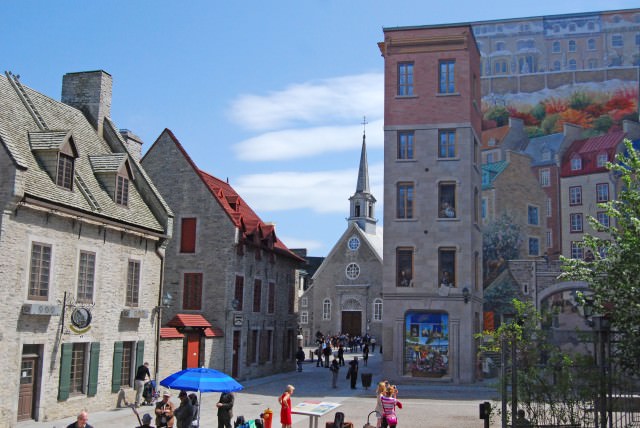
WJ Tested: Discovering History-Rich Quebec City
WJ Tested: Discovering History-Rich Quebec City
WAVEJourney Travels to Quebec City in Canada’s Province of Quebec
It’s a great big world out there, but we had no idea that old world charm was so accessible to North Americans until we paid a visit to Quebec City. Surprised by our ignorance, but delighted in this discovery, we were thoroughly awed by this history-rich capital of the Province of Quebec.
It turns out Quebec City, with a population of 632,000, is indeed a popular tourist destination for both North Americans and international travellers. And although 95% of the residents are French-speaking it is easy to get by with English, as it is widely spoken.
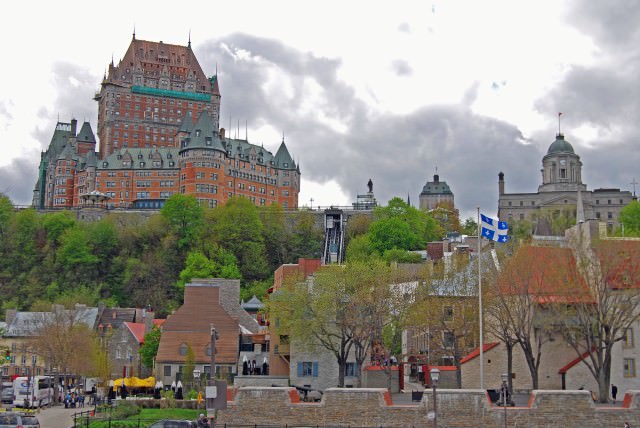
Chateau Frontenac and Quebec City’s Old Town
Quebec City, situated on the north shore of the St. Lawrence River and strategically located at the confluence with the St Charles River, is the only fortified city in North America.
Samuel de Champlain founded Quebec City in 1608, making it one of the oldest cities in North America. The city is divided in two parts – the fortified old historic quarter Upper Town on the bluff of Cape Diamond and Lower Town at the waterfront – and was added as a UNESCO World Heritage Site in 1985.
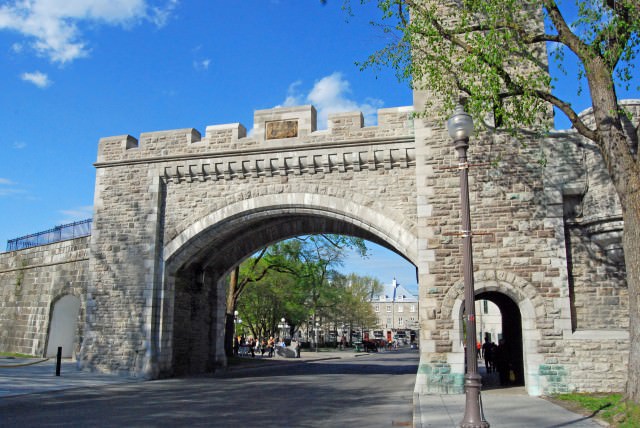
Ramparts Surrounding Quebec City
The French and English fought over control of Quebec City throughout the French and Indian Wars (1754–1763), with control flip-flopping between the two colonies of British America and New France until France ceded New France, which included the stronghold of Quebec City, to Britain in 1763.
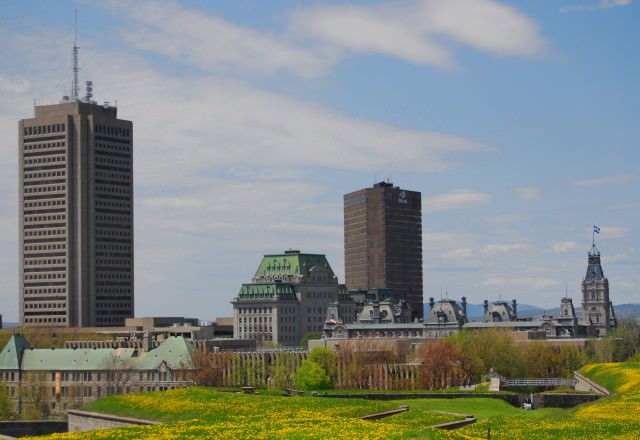
WAVEJourney Discovers Quebec City
History buffs will certainly want to pay a visit to the several war-related venues located here. We were fascinated with our tours of the Plains of Abraham at National Battlefield Park and the Musee du Fort, allowing us a glimpse of the military history of the great battles of Quebec City. The Citadel of Quebec, an active military garrison built between 1820 and 1831, should be added to this list of military must-sees. It is the base for the only Francophone infantry regiment in the CF Regular Force.
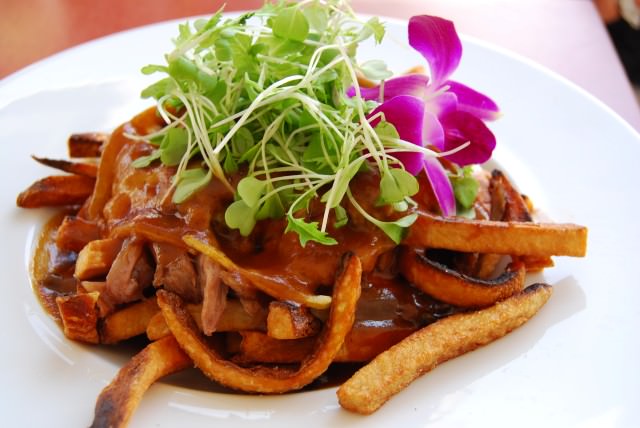
Experience the Local Gastronomic Delights of Quebec City – Duck Confit Poutine
Tourism plays a huge role in Quebec City’s economy, and as such English is practiced by most in the hospitality industry. Getting to Quebec City is easy, and after an arrival at Jean Lesage International Airport, it is just a 20-minute taxi ride to popular downtown hotels. From Montreal it is less than a 3-hour drive and right at 4 hours from Burlington, Vermont.
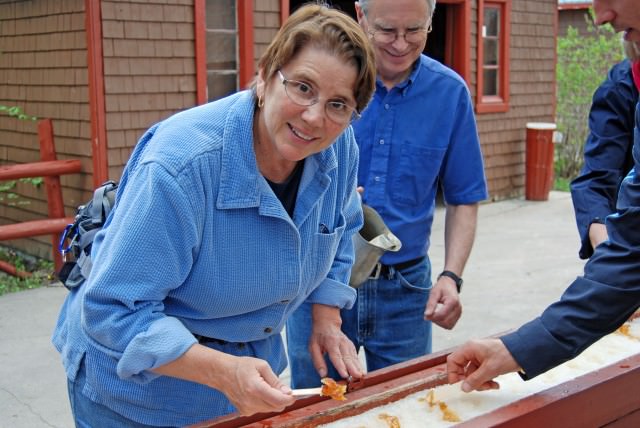
Jill Visits a Sugar Shack Near Quebec City
Oh, and did we mention the regional gastronomy? Visitors that love to make culinary journeys part of their travel adventures will be in foodie heaven with an abundance of seasonal products from the terroir. Largely influenced by Quebec’s French history and culture, specialties include foie gras, maple syrup products, Quebec cheeses, and some of the finest meat and vegetables we have ever tasted. And be sure to try one of Viv’s favorite dishes, poutine – a dish of fries, gravy and cheese curds.
So next time you’re in need of a European fix, stay closer to home and visit Canada’s friendly, fascinating and diverse Quebec City.
If You Go:
During our Visit to Quebec City WAVEJourney Experienced a Variety of Activities. These are our Top Picks:
Where to Stay:
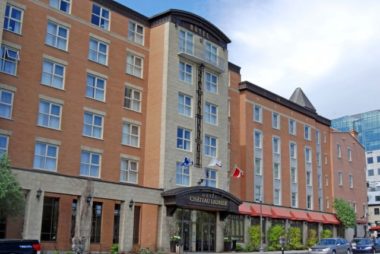
Hotel Chateau Laurier Quebec City
We have two recommendations depending on the style of accommodations you are seeking:
- Auberge Place d’Armes – For a stay at a quaint and charming 21-room, 4-star, boutique hotel in the old city, this is our recommendation. Each guestroom is uniquely decorated and the breakfast is sublime. The location is ideal for exploring on foot both the upper and lower towns of Quebec City.
- Hotel Chateau Laurier Quebec – Situated on Grande-Allée, just outside the old city walls, this 4-star property is ideal for anyone wanting a more business-friendly hotel near the Parliament building and with easy access to the Plains of Abraham.
Where to Eat:
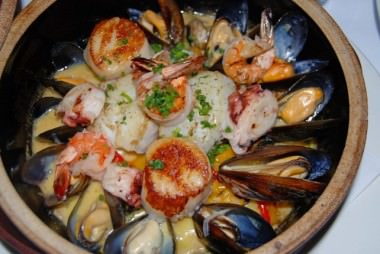
Foodie Finds in Quebec City
- Le Clocher Peneche Bistrot – If you seek out quaint, local restaurants and bistros serving up fresh, regional ingredients when travelling, Le Clocher Penche Bistrot in Quebec City is definitely the place to experience.
- Louis Hebert – While dining on the extremely popular terrace at Louis Hebert, another favorite local restaurant outside the walls of Old Quebec City, on a warm, spring evening, we delved into course after course of some of the most delicious fare we have tasted.
- Laurie Raphael – Created by designer Jean-Pierre Viau, the restaurant’s interior provides a contemporary setting in which even the smallest details are thoughtfully showcased. This fine dining establishment provides an opportunity to experience cutting-edge Quebecois cuisine using fresh, locally-sourced, artisan, and regional foods from the province.
- Manoir Montmorency Restaurant – Located at Montmorency Falls, just outside of the city, the restaurant offers local favorites at reasonable prices. On a clear day, great views of Île d’Orléans await diners.
What to See & Do in the City:
- Walk Through the Historic District of Lower Town Old Quebec City (Basse-Ville) – Quebec City is made up of two parts, the upper town where the Citadel and ramparts are located, and the lower town which is near the harbour. The lower town is a fine example of a fortified colonial town, rich with charm and history. The Église Notre-Dame-des-Victoires, Québec’s oldest stone church that was built in 1688, can be found here.
- Le Marche du Vieux Port (Old Port Market) – This indoor market is open year round and features local and regional products from some of Quebec’s best artisan farmers. Apart from the local produce, meats and seafood, the market is also a wonderful place to purchase unique local specialties such as foie gras, blueberry juice, apple cider, Quebec cheeses, maple syrup.
- Croisieres AML Harbour Cruise – One of our favorite ways to familiarize ourselves with a city is from the water. We enjoyed a narrated 90-minute Maritime Excursion cruise on the Louis Jolliet. The views of Quebec City and Montmorency Falls from the cruise along the St. Lawrence River were spectacular.
- Funicular – Ride the cable car between the upper terminus near the Château Frontenac and the lower town (Basse-Ville). Be sure to stand up front in order to witness spectacular views of the St. Lawrence River and the harbour as the cable car transports riders. (note: there is a fee to ride the funicular)
Observatory on the Plains of Abraham
- Plains of Abraham (Battlefield Park) – The Plains of Abraham is an area within Battlefield Park, the lungs of Quebec City. The Battle of the Plains of Abraham between the British and the French began on September 13, 1759. At the Discovery Pavilion of the Plains of Abraham visitors can view the Odyssey multimedia exhibition, which gives details from the birth of New France (and the battles waged here) all the way up to the creation of the park.
- La Citadelle – It is easy to spend 2-3 hours touring La Citadelle. It combines an active military garrison and the largest British fortress built in North America. Visitors to Quebec City can learn all about 300 years of military history during French, British and Canadian control.
- Museum of Civilization – A minimum of 2 hours is preferable when visiting this museum. Along with the permanent exhibitions on display (including Canadian artifacts and Quebec history), visitors can also take in a variety of temporary exhibitions.
- Musee du Fort – Those interested in Quebec City’s military history will enjoy the 30-minute movie narrating the tale of the many attempts by the French, British and Americans to take over the city. The show plays in English and French, so be sure to arrive in time for the one you want to view.
- Capital Observatory – The only place to experience a 360-degree view of Quebec City, the St. Lawrence River and as far as the Laurentian Mountains, is from the 31st floor of the Marie-Guyart Building. The view is worth the price of admission alone, but visitors can also learn about Quebec City’s history through a variety of multimedia activities and presentations.
- Musee National Des Beaux-Arts du Quebec – Approximately 25,000 works produced in Quebec, or by Quebec artists are housed at this museum. Visitors should allow at least 3-4 hours to view the exhibitions, some dating from the 18th century. Although the works of art are primarily from Quebec, temporary international exhibitions are sometimes brought to the museum.
What to See & Do Nearby – Montmorency Falls & Île d’Orléans:
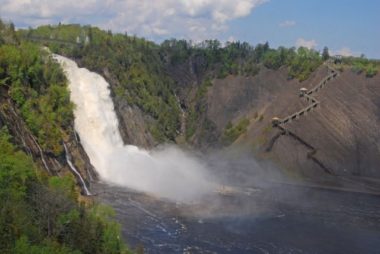
Montmorency Falls
- Montmorency Falls – Located approximately 12 km/8 miles from Old Quebec City, Montmorency Falls stand 83 meters/272 feet high (33 meters/99 feet higher than Niagara Falls). Visitors can take a cable car ride up to the highest level of the falls, wander out on the suspension bridge, and also enjoy dining at Manoir Montmorency.
- Île d’Orléans – An entire day can be spent exploring the six villages of Île d’Orléans, located just 15 km/9 miles outside of Quebec City. Connected to the mainland by just one bridge, the island is 34 km/21 miles long and 8 km/5 miles wide. After first being inhabited by native people, Île d’Orléans was then settled in the 17th century by the French and was one of their initial outposts in New France.
- Cassis Monna & Filles – Lovers of blackcurrant products will be in heaven at Cassis Monna & Filles on Île d’Orléans. Since 1992 the owners have been producing Creme de Cassis and other blackcurrant jellies, jams, syrups and mustards.
- Parish Church in Saint-Pierre (Église St-Pierre) – The oldest church in Saint-Pierre on Île d’Orléans was built between 1716 and 1718. In 1954, Église Saint-Pierre was declared an historical monument, and visitors to the church can take self-guided tours around it during the months of May to October.
- L’En-Tailleur Sugar Shack – L’En-Tailleur Cabane A Sucre – Did you know that Quebec produces 75% of the world’s supply of maple syrup? Well, if you’ve never experienced a visit to a sugar shack you’ve missed out on a unique and authentic experience. The sap from maple trees is boiled down to make maple syrup from which many products are made. Our favorite way to eat the maple was when hot maple syrup was poured onto a tray of fresh snow, then as the maple starts to harden it is wrapped around wooden sticks, creating a delicious sweet treat.
- Le Vignoble Ste-Pétronille – The vineyard started growing vines in 1990 that could withstand the harsh Quebec winter. Visitors to the small winery on Île d’Orléans can enjoy wine tasting as well as purchase wine, cheese and other products of the region.
Note: WAVEJourney were guests of Quebec City Tourism during this trip.

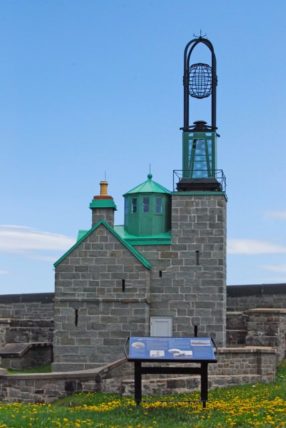
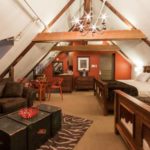
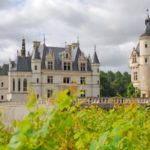

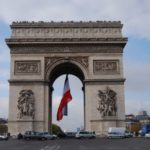
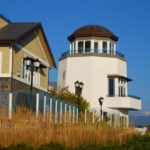
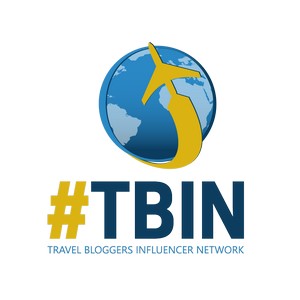


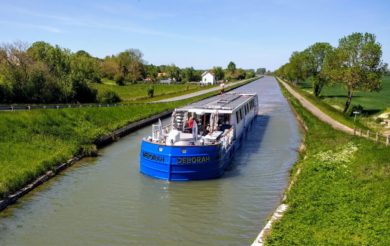
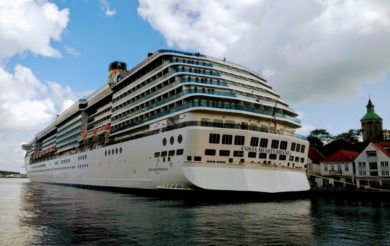
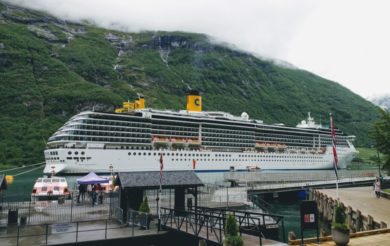
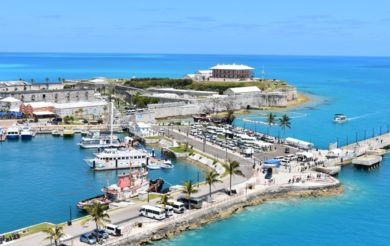
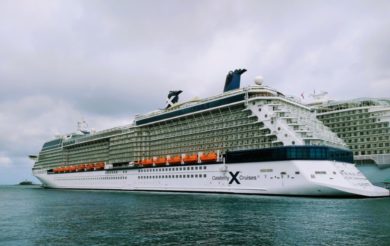
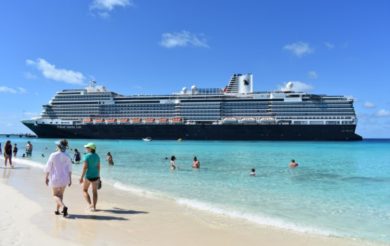
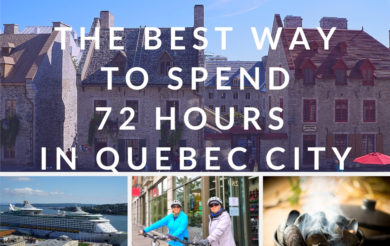
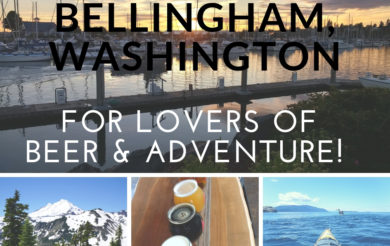
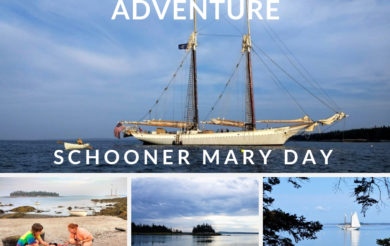
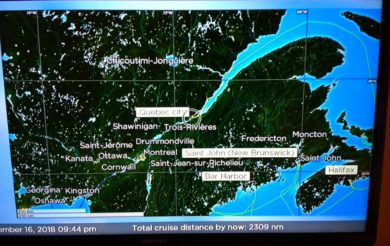
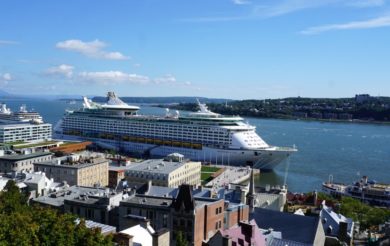
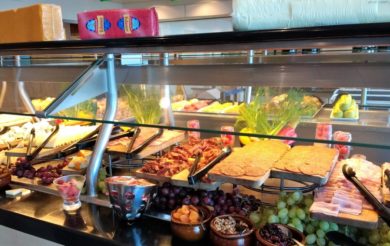
Pingback: The Top 100 Canadian Travel Blogs